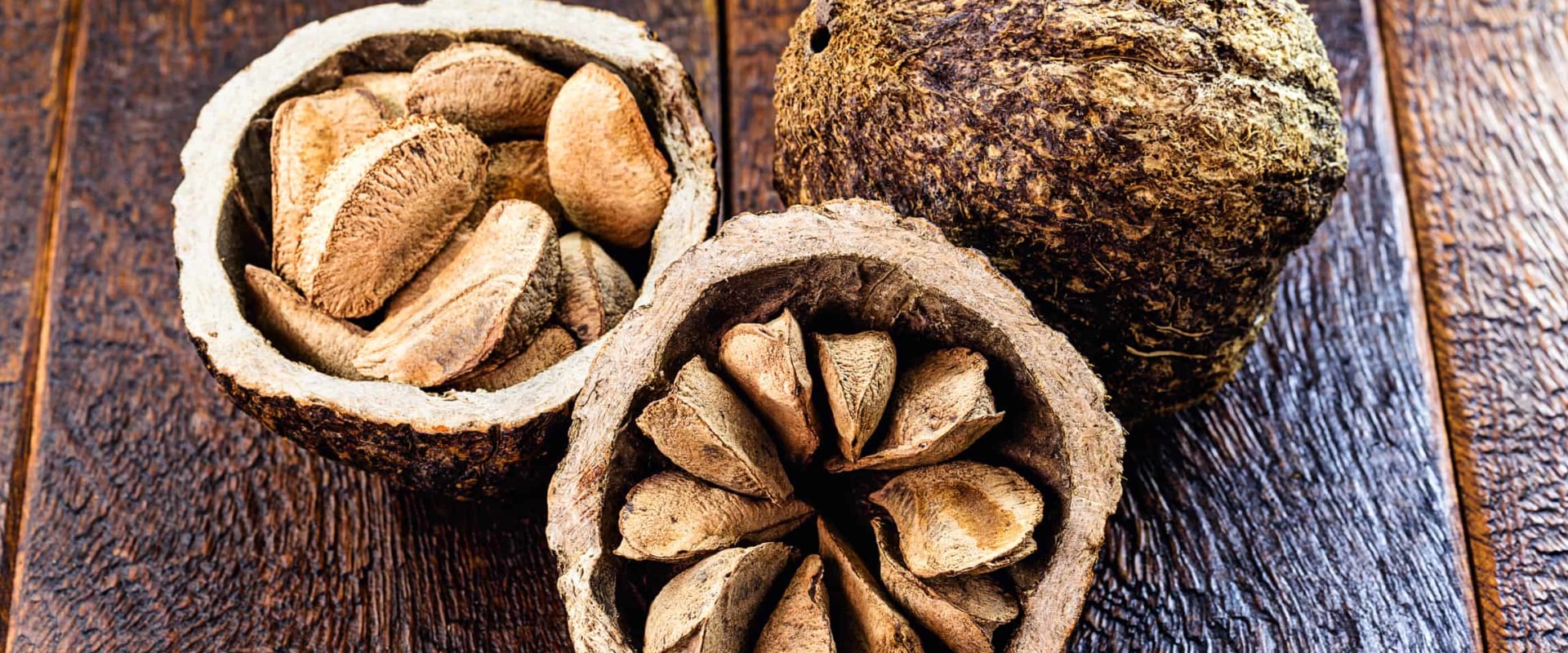Of the many imposing trees in the rainforest, Brazil walnut (Bertholletia excelsa) is one of the most intriguing. The tree is best grown in the U.S. Department of Agriculture plant hardiness zone 11 and above. UU.
Growing your own Brazil nuts will require a little patience, and while difficult, it's a rewarding endeavor. First, you need to collect some Brazil nuts. If you take them from the bag of mixed shelled nuts mentioned above, you will not be able to spread them. Those nuts have been boiled as part of their processing.
The boil will kill the seed, leaving it powerless. Brazil's walnut trees are unique to the Amazon rainforests of South America. The process of growing a Brazil nut tree can require a large investment of time and can take between 10 and 20 years to start producing real Brazil nuts. Brazil chestnut trees need to have an almost perfect ecological environment to grow properly and produce Brazil nuts, which are in high demand.
In fact, an intricate balance is needed between the tree, a species of bees, orchids and a certain type of rodent. You can grow chestnuts in the United States if you live in Florida or in areas with a similar climate. Items you'll need for this project include raw almonds (shelled), paper towels, three to four 12-inch deep pots, potting soil, and plenty of water. The best place to plant a macadamia tree is one that has full exposure to sunlight for most of the day and, again, that also has well-irrigated soil.
You may not have thought about it, but Brazil nuts are really a big problem, adding tens of millions to South American economies every year. Brazil chestnut trees can take up to 20 years to produce nuts, so this is a project that requires a lot of patience. In general, the most difficult nut trees to grow are almond trees, macadamia trees, walnut trees, and walnut trees. It's a dangerous profession, as each capsule weighs up to five and a half pounds and falls unannounced from trees at the height of an 18-story building.
Once you've planted the sprouted nuts, cover the tops of the jars with cheesecloth and an elastic band to keep the fabric in place. Collectors harvest Brazil nuts during the wet season (January-March), when most of the fruits of the trees have fallen to the forest floor. Brazil walnut trees (Bertholletia excelsa) are the only species of the monotypic genus Bertholletia, named after the French chemist Claude Louis Berthollet. If you want to grow a macadamia tree, you must live in a climate that harbors the right growing conditions for them.
An established tree can produce up to 300 fruits, which means that collectors can harvest about 6000 seeds per tree. Both Bolivians and rural Brazilians rely on the collection and sale of Brazil nuts as their main source of income. The items you'll need for this project are raw macadamia nuts (shelled), three to four 12-inch deep grow pots, peat, vermiculite, a heating mat, and lots of water. In fact, they are more related to blueberries and persimmons than to walnuts or pecans.

Leave Message